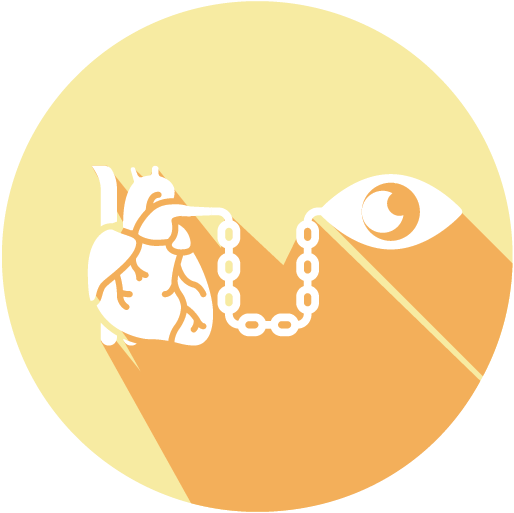How To Sell More By Simply Showing This Body Part
Relevant topics Research, Archive
We may have just uncovered the secret behind unboxing videos: activating viewers’ mirror neurons so that they feel the hands and objects in the scene are theirs.
This new phenomenon labeled the Vicarious Haptic Effect is so strong that not even contagion warnings were enough to halt it, making viewers value a product more highly (both psychologically and monetarily) despite the risk to their health.
But here’s a caveat: the displayed hand interaction must be meaningful, showing what the scientists call “diagnosticity”. Let's find out more!
How the Vicarious Haptic Effect Works
It's long known that our hands are one of the factors that make humans so unique, enabling us to hunt, handle objects, and even fight thanks to their shape and strong opposing thumbs.
This evolutionary feature made hands-on activities so rooted in our everyday lives that we tend to construe our hands as active entities, meaning you have a heightened understanding of the environment when you can touch and manipulate things around you.
Past psychological studies proved that merely touching an object cause testees to feel psychological ownership (“this thing is mine”), with similar marketing studies showing participants reported a higher purchase intention when they could touch a product.
But what if they could only watch the interaction in pictures and GIFs?
That's when the magic of mirror neurons comes into play: merely seeing someone else’s hands touching an object gave them a feeling of body ownership (“those are my hands”), heightened psychological ownership, and higher willingness to pay.
This translated into higher engagement on Instagram posts as well as an inclination to pay more for a given product than other participants that only saw the product in isolation. Yes, you read it right: not only they were more likely to buy the product, but also pay more for it!
Meaningful Interactions and Engagement Boosters
How do you evaluate a shirt's quality? Pinching? Knocking? Or caressing the fabric?
An important aspect of the Vicarious Haptic Effect is that the interaction must conform to how the object should be handled in order to display its qualities — what the scientists call "Diagnosticity".
If you are selling clothes, for instance, you may want to caress them to show how smooth your fabric is. If furniture, you could knock a chairs' wood or even lift it to make a point about its quality. Whatever you do, ensure your actions fit the context so that the viewers’ mirror neurons can transport them into the imagery.
Another important discovery is that the effect is especially powerful when people are stimulated to have a temporary, higher heart rate, which has already been improved to increase ownership feelings in other psychological studies.
This was confirmed as participants partook in VR experiences (known to increase heart rate) in which they’d see a 3D hand manipulating a given object. Notice I said “see”: all they did was click to make the virtual hands play with the object autonomously — suggesting the effects could be even more powerful in truly immersive experiences.
That doesn’t mean your customers need a VR set, though: highly exciting contexts such as movie theaters, amusement parks, or anything that increases customers’ heart rate will enhance the power of the Vicarious Haptic Effect, making them susceptible to impulsive, higher-priced purchases than they would in calmer contexts.
Actually, it doesn’t even matter if the hands match the participants’. The Effect impacts viewers regardless the gender, colour, size, and even realism. In the VR experiment, for instance, the study was conducted with rudimentary blue hands that could never be human, yet viewers reported an increased Vicarious experience.
Just get to some literal hands-on marketing activities and you will certainly sell more!
Take-home points
- Be it a social media post or an ad, image, or video, ensure you display your product with one’s hands manipulating it.
- Make your gestures diagnostic so that your actions match the product, e.g.: caress fabric, hold a bottle with your whole hand (not two fingers, for instance), etc.
- Insert your product in exciting, high heart-rate moments (after physical activities, engaging series, etc.) so the Vicarious Haptic Effect is amplified.
- Consider doing that above in AR/VR experiences, even if the activity is a passive one so that your impact is amplified.
Further Reading
-
How Modern Advertising Informs Eye Gaze Direction
Globally, the average person is exposed to around 4,000-10,000 advertisements every day. This number comes primarily from various forms of media and the internet. While this means that advertisers have more ways to connect with consumers, it’s important to remember that an ad’s presence doesn’t mean much if there is no conversion.
To ensure that their advertising strategies are more meaningful, memorable, and effective, many advertisers are harnessing tactics that focus on capturing the consumer. More specifically, their eye gaze. -
To Believe Or Not To Believe: How Our Mental Shortcuts Sometimes Lead To False Beliefs
Imagine coming across an ad saying that the advertised shoes will help to tone your muscles and burn extra calories, or that snail oil will cure all acne. You might think that you won’t fall for this claim. But in fact, a lot of people will. Consumers falling for misleading and fraudulent claims isn’t something new. But since social media is rapidly evolving, false information spreads faster and wider than ever.
How do we interpret the credibility of information and what influences if we’re going to believe false claims?


